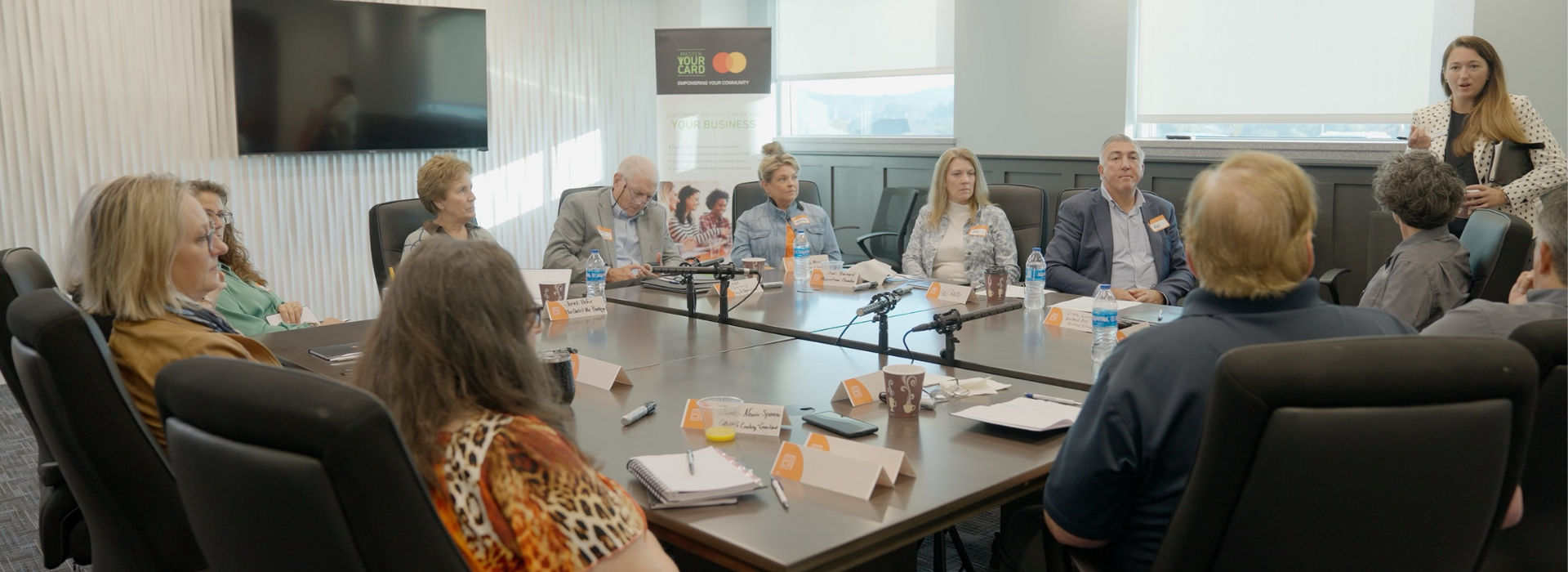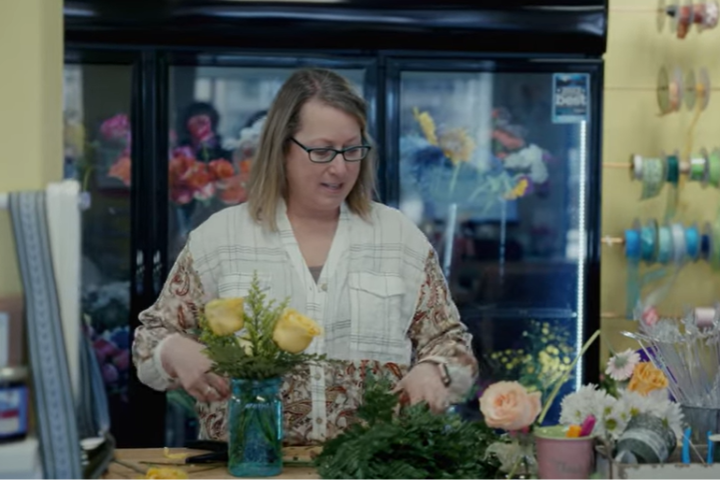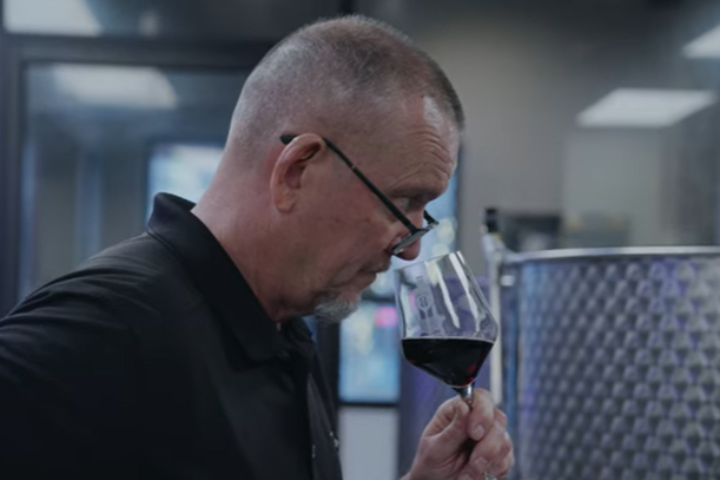Listen and learn: Traveling the country to understand the small business landscape
July 1, 2024 | By Mercedes Garcia
Growing up in Albuquerque, Omar Serrano knew he wanted a better life. “I saw my mom and dad working Monday through Sunday, from 8 a.m. until 11 p.m.,” he says. “I wanted to help them, and I wanted to change my lifestyle.”

He decided his ticket to a brighter future was to become an entrepreneur. After working as a photographer at a printing company and then an editor at a local magazine, he launched a custom embroidering shop, which he still owns. He then co-founded another business, Era Tattoo Studio in Albuquerque.
“My partner likes the tattooing tools; I like the business side,” he says. “We’re working together to give our clients the service they deserve and bring their vision to life.”
Serrano acknowledges that he still has a lot to learn, and much of his business education has taken place in the trenches. “It's been challenging, but at the same time it's exciting,” he says. “We believe we're here to do something great.”
I met Serrano last February in Albuquerque at a Mastercard-led roundtable for small business owners, chambers of commerce and elected officials. Over the past year, in a series of forums in nine rural and exurban communities across eight states, we’ve talked to more than 100 entrepreneurs, hearing firsthand about the support, skills and tools they need to reach their goals.
Every owner’s story was unique. Some, like Serrano, started their businesses to improve their livelihoods; others had taken over the family business or followed their lifelong passion. But common threads wove through all our discussions. From the Adirondack Mountains in northern New York State to the high desert of Nevada, these entrepreneurs have faced similar challenges — be it adapting to the world after COVID or obtaining hard-to-get capital — with tenacity, optimism and commitment to their communities.
Here’s a snapshot of what we learned:
The post-COVID landscape
The stay-at-home orders and retail restrictions are long over, and customers are coming through the doors again. But the shadow of the pandemic still looms over many local businesses.
Everywhere we went, entrepreneurs were reckoning with a changing workforce. Brick-and-mortar businesses that make most of their revenue from in-person sales — like souvenir shops and restaurants — are finding that their needs are increasingly at odds with post-COVID employment trends.
To be more productive with a smaller staff, many owners rely on digitization. That includes harnessing technology to adapt to another seismic COVID shift: the rise of digital payments. When U.S. consumers returned to in-store shopping once the lockdowns ended, the percentage of those making digital payments grew by 9%, according to a 2023 McKinsey report. In-store digital payments among 18- to 24-year-olds grew by 32%.
And that sales data creates insights that simply aren’t available to cash-based businesses, says Dan Morano, who opened Annie’s Tap House in Great Falls, Montana, in 2021. “In today’s world to compete, you have to have that data to support what you put on tap, what sells well and who is your audience.”
The struggle for capital
In town after town, owners described being trapped in a Catch-22: When they most needed an infusion of capital, they were the least qualified for a loan. According to a 2022 survey by the Federal Reserve, only 42% of small businesses in the U.S. have sufficient financing. Yet, even as inflation and rising wages drive up operational costs, several of the owners we spoke to refuse to raise prices on their fellow community members. Instead, many are leaning on friends and family to stay afloat.
The small business owners who said they had the most success connecting to capital were the ones who had developed close relationships with their local banks — underscoring the importance of making financial services available to communities in all corners of the country.
The need for financial education
“When I started doing business, I didn't have knowledge,” Serrano says. “I didn't know what an LLC was, I didn't know about loans, I didn't know about grants. I didn't know anything.”
He’s not alone. Many of the proprietors we met are experts in their trade — but not necessarily in business. Their stories highlight the need to broaden access to financial education, including for rural, Hispanic, Black and other underserved communities. Enabling greater access to educational resources can equip small businesses for growth and resilience, even in turbulent times.
What’s next
We were inspired and energized with each new partnership we built along our tour. Now our goal is to help every entrepreneur in America — whether they work out of a high rise or a farmhouse — to take advantage of the tools and information they need to grow their businesses.
As the leader of Mastercard’s financial education program, Master Your Card, I have started this journey by sharing insights and resources at every stop we visited. Our next step is to return to these communities to find out how we can step up our assistance.
Supporting local entrepreneurs often sparks a virtuous cycle: When small businesses thrive, everyone benefits. “The most exciting thing about running a business is the feeling you get when someone tells you how much they love your business,” says Diana Spain, co-owner of the Kicks Mix Bookstore in Newark, Ohio. “Small businesses are essential to building a community.”
Small business
Inking a future
Meet Omar Serrano of Albuquerque's Era Tattoo Studio, who joined Mastercard's small business forum in February to discuss the needs of entrepreneurs in the post-COVID world. “It's been challenging, but at the same time it's exciting,” he says. “We believe we're here to do something great.”

Great falls, Montana

sparks, Nevada

